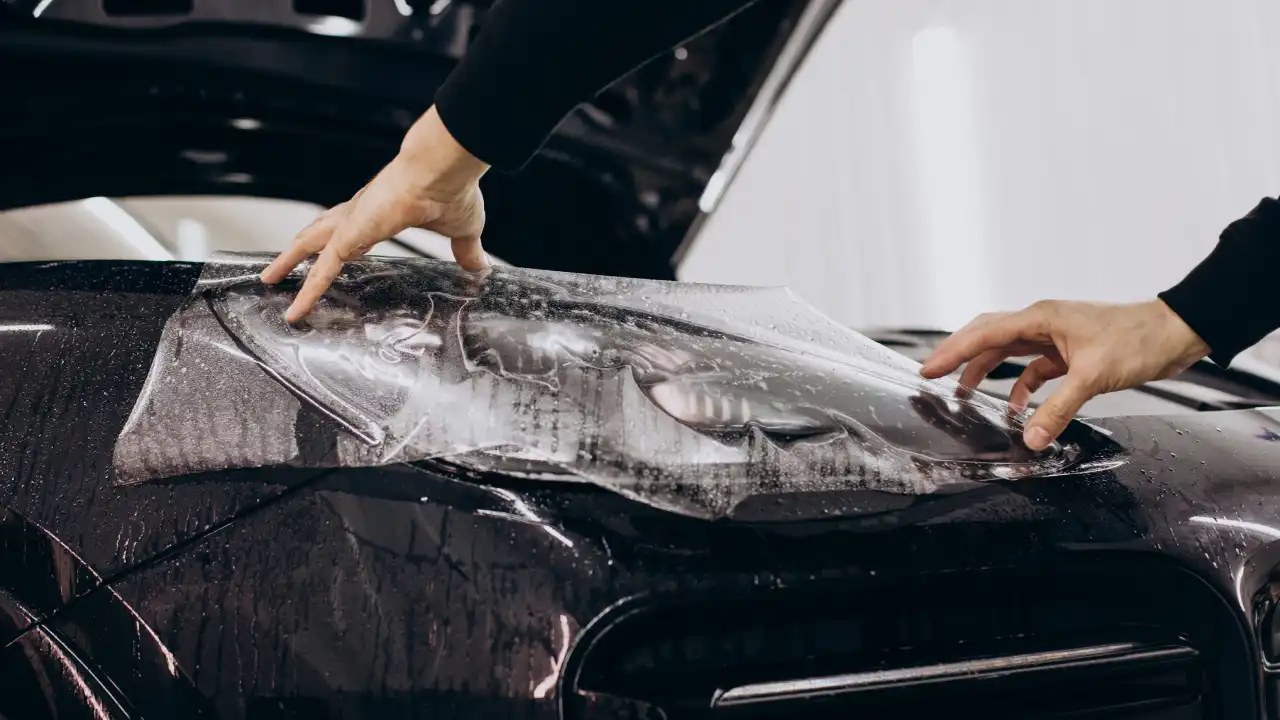There’s a lot you don’t see from inside a moving car. I say this as someone who cycles, walks, runs and drives around Los Angeles, and only realized how much I was missing after logging fewer miles behind a windshield and more on sidewalks and bike saddles. I have also been hit by a slow-moving car while in a crosswalk and come away shaken from multiple close encounters, and in each instance where the driver wasn’t hostile or totally indifferent, the excuse was the same: I just didn’t see you.
It was those words and experiences that came to mind reading some of the letters written in response to a recent news articles on the spike in traffic deaths during the pandemic and a pedestrian killed near USC, and an op-ed article urging local officials to drop their opposition to adding bike and bus lanes. Los Angeles streets and neighborhoods were laid out largely with automotive throughput in mind, so it’s less surprising than sad to see that many people simply do not notice the need to safely accommodate walkers, cyclists and transit users, or put the blame for traffic fatalities on non-drivers.
But just because we are not noticed doesn’t mean we are not there. The faint scars on my legs and frayed nerves inside my body are proof of that.
——————
To the editor: As a senior citizen who walks regularly and who took public transportation when I could before the pandemic, I am one of those persistently hostile to bike lanes. There are many reasons, but the most important point is that very few ever use or ever will use bikes for regular transportation.
Bike riders are generally the very fit and very brave. Thus, dedicating parts of our public streets for a tiny niche is just plain wasteful.
Bike lanes snarl traffic. (Want to make a right turn where there is a bike line to the right?) Bicyclists interfere with the smooth flow of traffic. (I wish more bike riders would actually follow the rules of the road, such as stopping at red lights.)
Mixing bicycles and vehicles is dangerous. Because of their effect on slowing vehicular traffic, bike lanes could be environmentally harmful. No wonder communities don’t want them.
Erica Hahn, Monrovia
..
To the editor: A student was hit by a car in a marked crosswalk; there is no question as to the fault of the driver.
Yet seemingly every other week I read of similar deaths of pedestrians. It’s as if some refuse to accept that having the right of way is no guarantee of safety. As a child exploring the streets of Chicago, I was taught and I practiced the rule never to step off the curb when cars were still moving, regardless of the color of the stoplight.
As I drive around, I make it a point to observe pedestrians walking in front of my car at crosswalks. Few ever look to see if drivers are actually slowing down. They move like zombies, their eyes fixed on the opposite curb.
A good practice is to assume that any vehicle heading toward you may have your name on it.
William Vietinghoff, Thousand Oaks
..
To the editor: I agree with the points Michael Schneider makes in his op-ed article on the need for more bike and bus lanes.
I live in Santa Monica and commute five miles to work in Los Angeles. Often I ride my bike to work and find myself strategically plotting my route to avoid dangerous traffic and poorly maintained roads.
Apart from improving the infrastructure to promote cycling to work, cities needs to partner with companies to offer incentives to entice workers to leave their cars at home and dust off the old Schwinn to improve both the climate and one’s health.
Rene Barbosa, Santa Monica
..
To the editor: I was as thrilled by Schneider’s op-ed article as I was dismayed by its message — and necessity.
I ride a bike for work, errands and fun, and several times a day I encounter the problems Schneider refers to: bike “routes” like Fountain Avenue in Hollywood, which has some “sharrows” on pavement while the road narrows to impossible widths; and bike lanes like the ones on Fairfax Avenue that are wonderful for about a mile until they disappear, or on Santa Monica Boulevard when they come and go, making it difficult to continue safely.
Friends look at me with disbelief when I tell them I’ve arrived at a coffee shop or a dentist’s office by bike, but they don’t want to accept how easy it could be for them, and thousands of others, if the city would start to prioritize alternatives to cars.
City Councilman Paul Koretz and the others Schneider mentions must start thinking of what’s best for the community, and start imagining a transformed future instead of rejecting federal grant money that’s available to remake a shopping street like Melrose Avenue into a local, livable community rather than a choked mess.
Parking is already a problem. The solution is fewer cars, not more spaces. That solution can be driven by buses and bikes.
Aaron Lipstadt, Hollywood




More Stories
Moon | Cartype
Rivian, Mercedes-Benz Joint Venture Paused
We Blew Up Our $5000 Drag Car ~ Can We Getting Fixed In Time? – Humble Mechanic